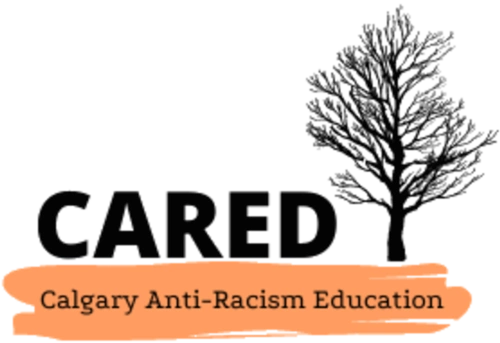
Donate to the Linda McKay-Panos Scholarship Fund

Donate to the Linda McKay-Panos Scholarship Fund


In workshops and classroom settings, the terms “activity” and “exercise” are often used to describe anti-racism work. We believe that these terms minimize the very serious realities of racism and the deep, on-going learning and reflection that is required in engaging with anti-racism. The words “activity” and “exercise” imply that racism and anti-racism are external to us, that anti-racism can be an activity that we simply do once, and that a handout will adequately unpack the material. This can be compared to diversity work and how oftentimes, a cultural component is merely added to an existing system. While this may appear to diversify a particular space or system, it does not engage in genuine systemic transformation. This problematic method/perspective is often critiqued as the “add-on,” the “one-off,” or the “add culture and stir” approach.
Because anti-racism is an active process that involves continuous learning and reflection, we have chosen the term “Learning Action” over “exercise” and “activity” when it comes to facilitating anti-racism learning with particular materials.
ATTENTION: For individuals intending to facilitate our Learning Actions in a group setting, we recommend the following path through our resource:
➊ The Basics: Level 1 ⇢ ➋ The Basics: Level 2 ⇢ ➌ Glossary ⇢ ➍ Learning Actions ⇢ ➎ Recommended Resources
Based on the above principles, each Learning Action is developed on a template that addresses the following:
I. Framing the Action (theoretical/critical approach)
II. Materiality of Set-Up and Possibilities for Adapting the Action
– how the facilitator can participate
– how participants contribute to the group’s learning
III. Facilitating this Learning Action
– some possible responses as it happens
IV. Discussion/Debriefing
– working through responses and trajectories
The following list of anti-racism Learning Actions can be used individually (particularly, Inventories) or with your specific community. In order to use this responsibly, please familiarize yourself with the other sections of this webspace before facilitating these Actions.
We have adapted some of these Learning Actions from other sources and framed them with particular reference to facilitation and debriefing; others have not been framed, but are simply borrowed directly. If this is the case, the activity link will have the note “unadapted.”




2500 University Drive NW
Calgary, AB T2N 1N4
(403) 220-2505
aclrc@ucalgary.ca